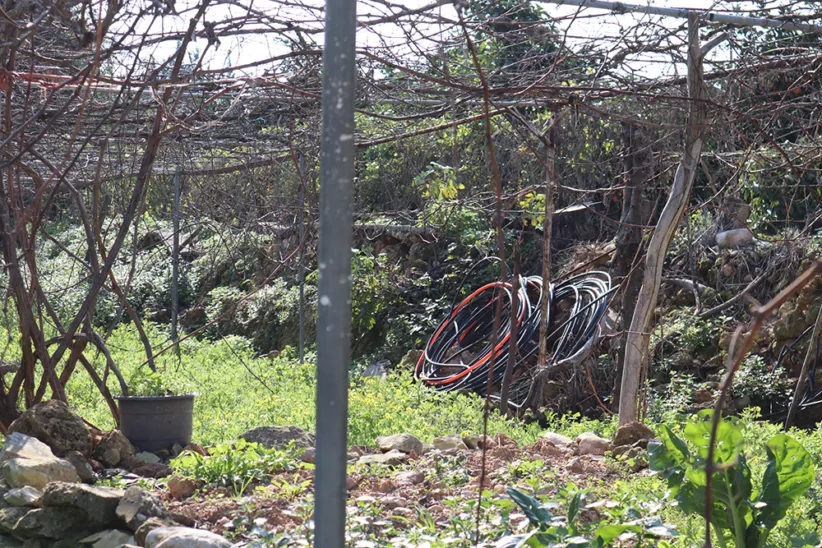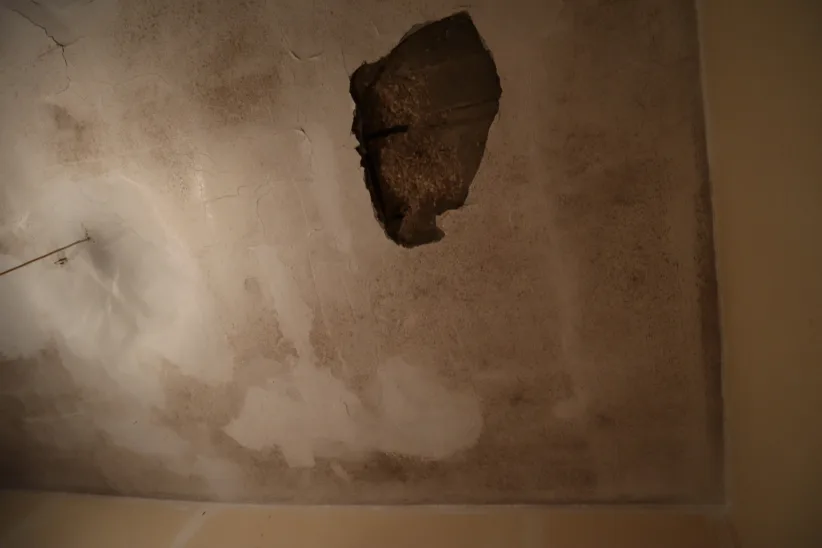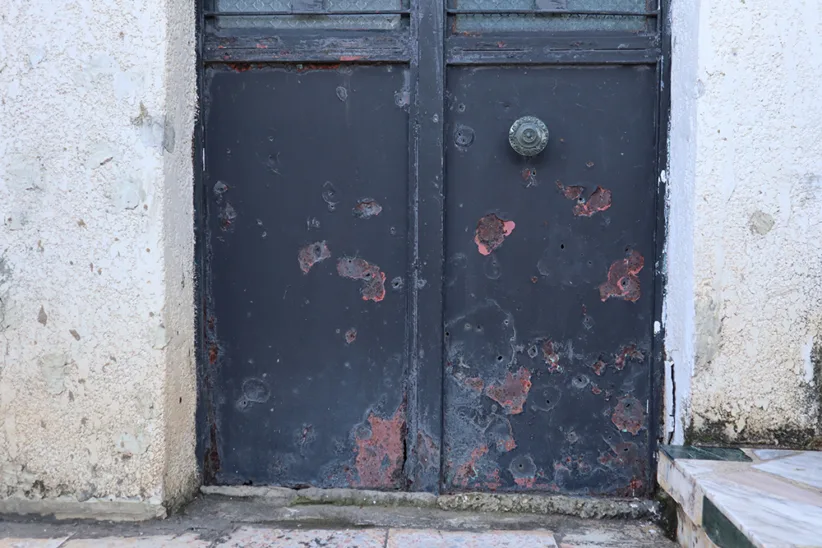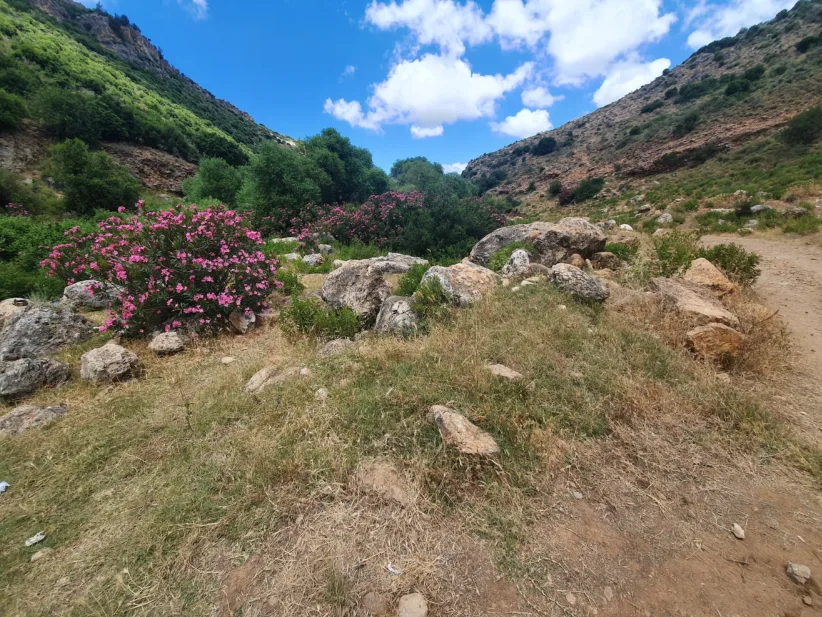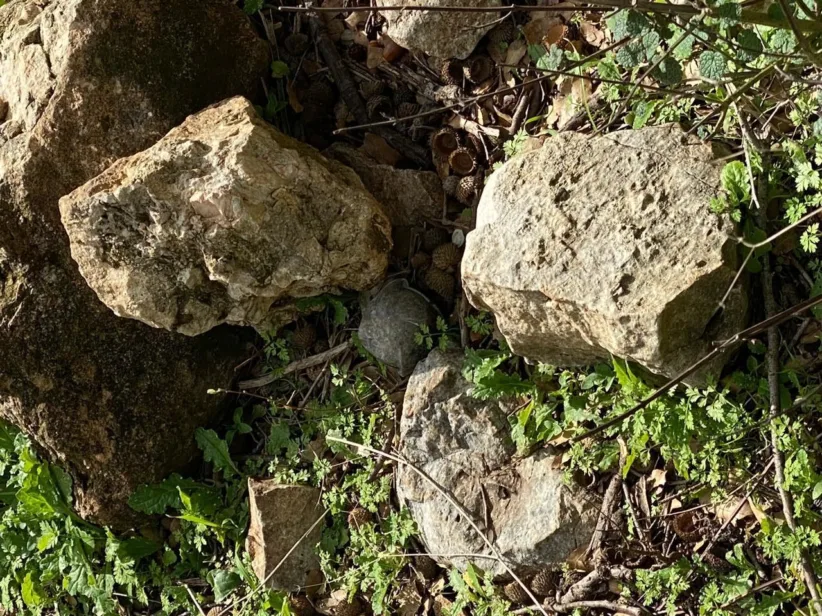In 2020, NPA Lebanon marked a significant milestone: the launching of a Non-Technical Survey (NTS) capacity in its Mine Action programme.
NTS is considered an efficient component of the land release process because it is significantly less costly and time consuming than technical survey and clearance. The point is to ensure clearance and technical survey resources are directed where most needed.
In NPA Lebanon’s case, a single deminer conducting manual clearance would typically release around 35 square meters per day, whereas a Mine Detection Dog releases 700 square meters on average per day in technical survey.
In just one month, Rachana Atmeh, Kamal Mohsen, and Hala Amhaz, who make up NPA’s NTS team in South Lebanon surveyed 29 suspected hazardous areas, 162,000 square meters. More than a third of it, 60,000 square meters, was released for safe use after finding no evidence of explosives. The remaining square meters will need to be cleared or conducted technical survey on.
NPA’s Non-Technical Survey certainly plays a central role in Lebanon’s National Mine Action Strategy and the Lebanon Mine Action Authority (LMAA)’s commitment to the Convention on Cluster Munitions (CCM) to achieve a CM–free Lebanon by 2025.
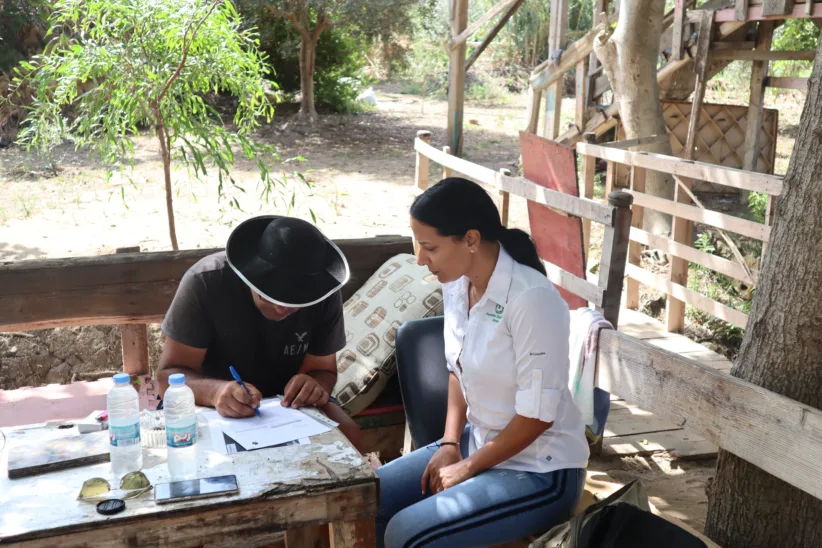
The NTS team not only overachieved their target in terms of land surveyed since the launch of the capacity, but also met with several landowners and land-users who had interesting stories to share.
Mariam Talle lives in the village of Al Smaahieh in South Lebanon. Like many of the villages in the south, Al Smaahieh was heavily targeted by cluster bomb strikes during the war between Lebanon and Israel in 2006. To this day, Mariam is uncertain whether her orange and avocado planted garden is contaminated with sub-munitions, and the doubt has been constant since she found 14 sub-munitions inside her house upon her return after the war.
In 2010, Mariam found another sub-munition under a water hose in the garden. It got removed by local citizens and taken elsewhere, a dangerous, yet common, practice that people in financial need resort to, rather than awaiting clearance support from an accredited agency.
After the NTS team visited the garden and confirmed its hazardous status, another team was deployed to conduct manual clearance. Although no additional sub-munitions were found, Mariam can finally trust in the safety of the land again.
Another task visited by the NTS team was a 16,000 square meter stretch of public shoreline in the coastal village Bourghliyeh, South Lebanon. This village was targeted by cluster bomb strikes in 1978 during the Israeli occupation. Much of the strike area was later cleared by another INGO, but they left the shoreline as a lower priority task to be undertaken in the future.
Since then, local citizens have been scared to visit this beach because it was never confirmed clear of explosives. With no evidence of contamination found during the NTS team’s visit, coupled with local fishermen confirming its safety, the task could be cancelled with the approval from the municipality and Lebanese mine action authorities. Families can again confidently enjoy the shore and benefit economically from fishing activities.
In both villages, the NTS done by NPA helped restore the local people’s trust in the safety of their land again.
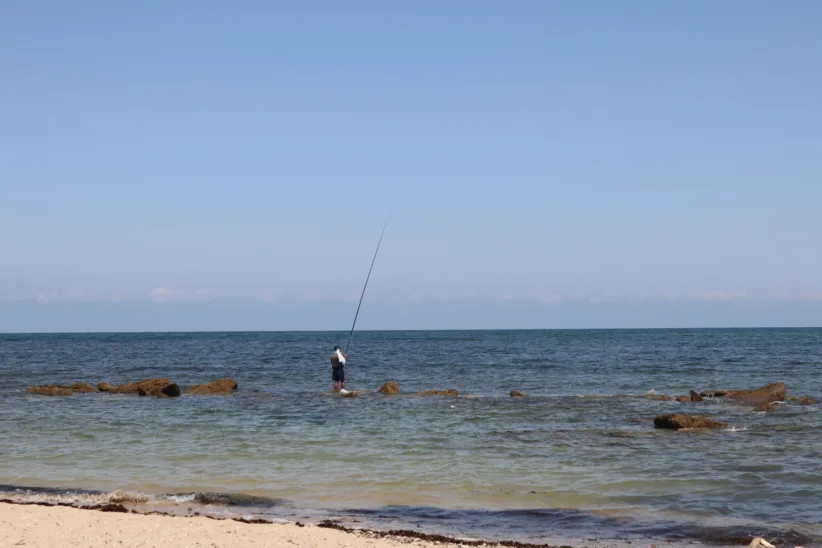
In contrast, NPA’s NTS team visited another task in the residential village of Bazouriyeh, South Lebanon. Although Youssef, the owner, thought it was safe, the mine action authority had defined it as an “open task”, an area potentially contaminated with explosives. With little evidence to prove the land was uncontaminated, the team recommended confirming its safety through technical survey or clearance. Youssef later mentioned to the team:
I was planning to keep using the land, but with this information, I’d rather postpone the work until it’s been checkedIn this case, the NTS potentially prevented an accident that might have resulted in injury or death.
The most serious case of an “open” task the team came across, was possibly a busy hiking trail and picnic area in the Zebqine Valley. It was confirmed as contaminated during the NTS visit. Zebqine Valley is one of the most virgin landscapes in South Lebanon, with high green mountains bordering the trail and a slow-moving river adjacent to it. The area is a public attraction, drawing countless hikers from all around Lebanon as well as picnickers from the local community.
While in the area, NPA’s team observed a live sub-munition behind a rock in the valley. The explosive device was immediately reported to the local authority. The trail was closed, and will remain so until clearance is completed.
NPA is proud of the progress made by the NTS team. They have contributed to releasing a significant amount of safe land that the communities can utilize. They have informed people about contamination and in instances prevented them from taking risks in contaminated areas. The NTS will help directing expensive clearance and technical survey resources where they can most efficiently be used. Last, but not least, the methodology is helping Lebanon meet its obligations under the Convention on Cluster Munitions. It is for all of these reasons that NTS is considered a key component of the land release process.
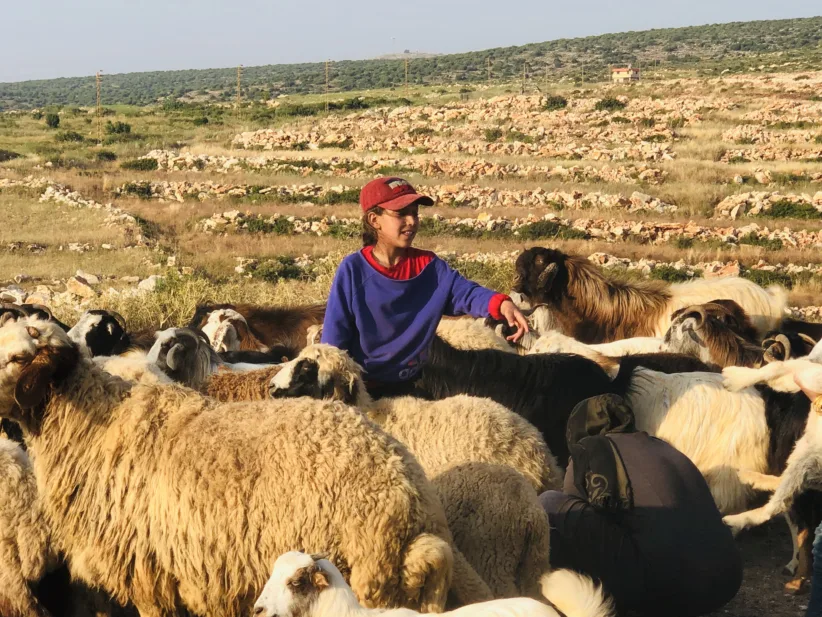
Donors of the NTS Project
NPA's NTS project in Lebanon, in cooperation with Lebanon Mine Action Center (LMAC), is generously funded by Norwegian Ministry of Foreign Affairs (NMFA) and by DFID - UK Department for International Development.

